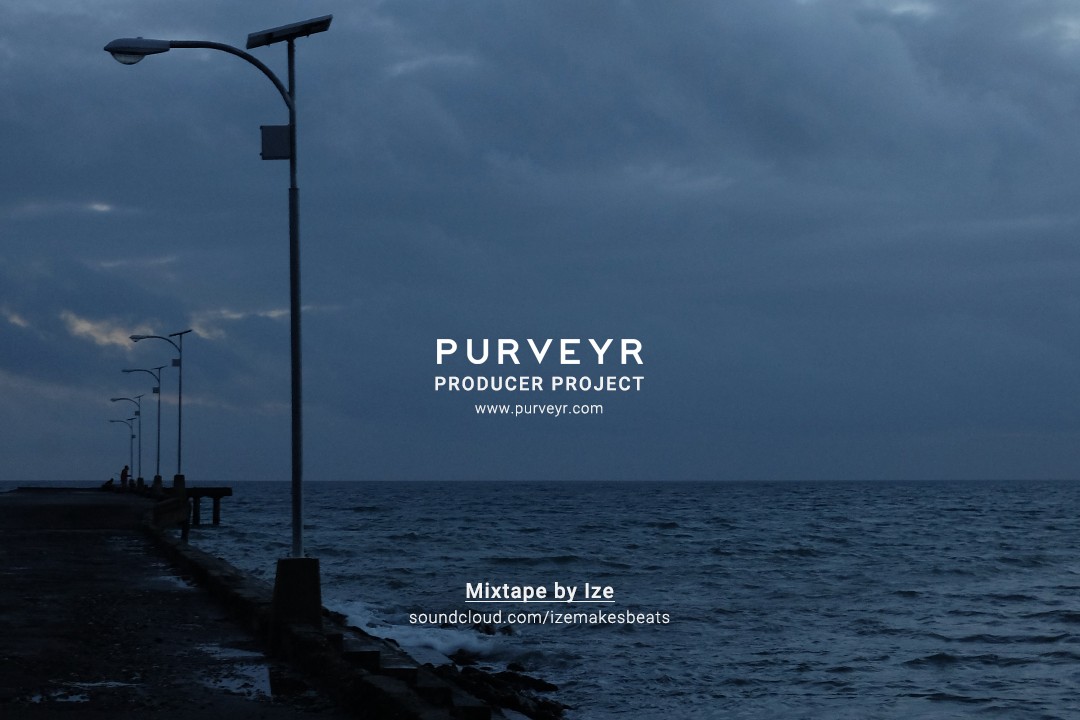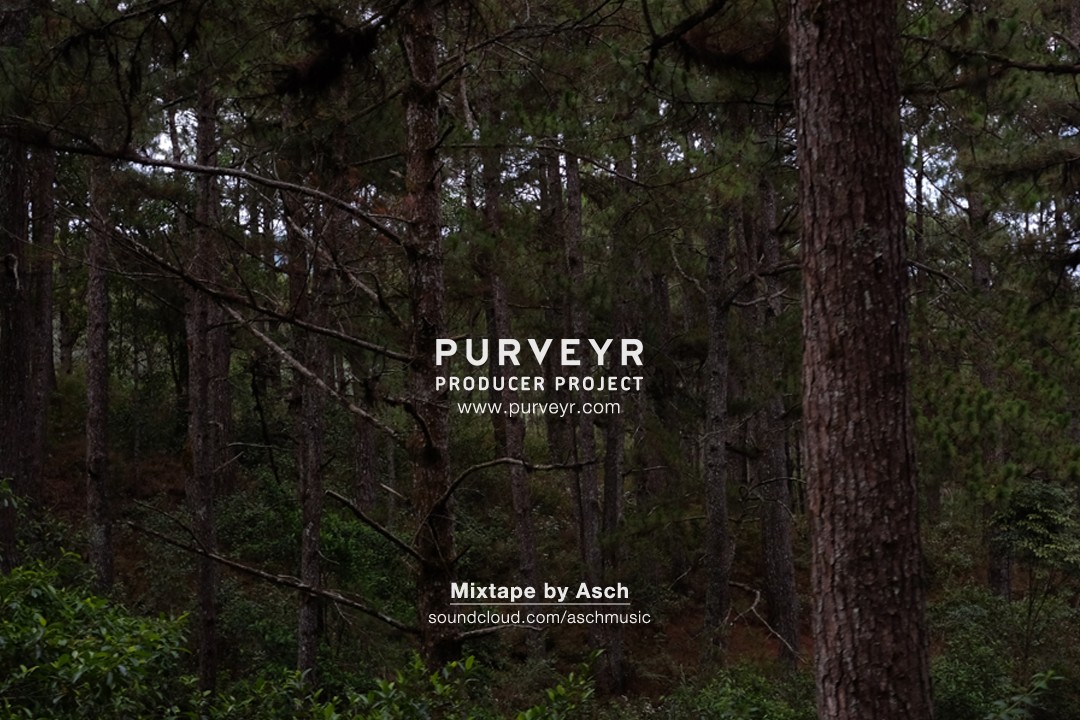
“Support local tayo eh” (Because I support local), a woman beside me at a café counter proudly shares to her co-workers while pointing at her tailored top. In the age when “local” has already become a buzzword, it’s not difficult to believe that people are already aware. From Facebook chain-posts encouraging friends to share their businesses, to multi-million campaigns like Bench’s Love Local, it’s hardly an ignored advocacy.
In the five years that PURVEYR has been operating, we’ve seen rapid changes of opinions, views and support towards local. The good – more people advocate it, the bad – there’s still stigma that local isn’t high quality. Ultimately, “local” grew as a concept and as an industry.
But have we really come to an age of a better local or just a widespread advocacy that’s not reciprocated by local output? The challenge has not been greater. The battle cry to respect local the same way most people perceive foreign-made is even louder and more relevant. Though, to be completely honest with ourselves, are we actually putting out better quality products, content and services out there? Maybe it’s time to rethink and re-evaluate the landscape. Are the masses wrong to perceive that local is not yet up to par to its foreign counterparts? Or maybe there are a lot more to improve on before we can totally shift the public’s perception?
As an advocate of local independent businesses, collectives, movements and more, we feel somehow frustrated that we still can’t breakthrough the stigma. However, we also understand why it is yet to happen. There are too many reasons to mention, but in the hopes of taking one to two steps more towards a Better Local, let’s discuss a few of them. As I was enumerating, I figured that these are all mindset based hurdles, which we can definitely reconfigure to push us further.
Pursue Knowledge
We are a creative nation generally suppressed by tradition, a convenience mindset, and sadly, of knowledge as well. The first and second are embedded deep within our society’s culture, so we can only do so much. However, the latter, we are in total control of. Knowledge is acquired, either through experience or education. And thanks to the Internet and the workshop/conference trend, it’s even easier to be knowledgeable nowadays.
By knowledge, we are generally pertaining to skills and information that one needs to be successful in their specific endeavor. If you are an artist, being knowledgeable means not only that you can create, but you can also make a living creating. And if you are a business owner, you are knowledgeable because you produced a beautiful product with a feasible plan on how it can add value to your life and others’. To sum it up, it is having a complete understanding of what you want to do and how to achieve it.
Our challenge for everyone this year is to step out of their creative comfort zones, and find the knowledge we need to propel us further. It can be through learning how to run a business properly, studying the commerce side of art, connecting with other people outside our communities, and more. There’s never enough knowledge, the more knowledgeable we are, the greater our own pursuits will be.
Rethink Passion Projects
Widely known as creative side projects we work on other than our full-time, a “Passion Project”, does not usually receive enough time or effort to become full-fledged ventures. While they are particularly exciting and refreshing to pursue, there are certain pitfalls that many of us encounter.
PURVEYR was also just a “Passion Project” before. It only took a few hours of my days in 2012 to 2014 while I focused more on other pursuits and jobs. However, that all changed in 2015 when I decided that I had to go all in. I quit my full-time job to invest all of my time to PURVEYR in the hopes of taking it to another level year after year. From just a news-centric culture website, it flourished to having its own print magazine, several yearly events, notable brand partnerships, and a retail concept – all in three years time (2015-2017). Whenever reminded of this, I always come to a point of asking myself, “If we never put all our efforts and time to PURVEYR, would it still turn out the same way?”
The challenge in this is to realize why we are still hiding behind the “Passion Project” blanket. What is stopping us from turning it into our “chosen career path”? Are you really willing for it to be just a side project for another year? There can be a lot of doubts and uncertainties, we know, but that’s where knowledge (read Pursue Knowledge above) comes into play. We hope 2018 is the time when more “Passion Projects” will be turned into full-time jobs, nine-to-fives, and full-fledged ventures.
Build a Company not just a Brand
The concept of brands has now been in the same line of how we perceive bands and artists. It has become this creative force that is also a medium of expression to show our personal worlds. A design-centric endeavor that becomes the platform for our thoughts, creations, tastes and preferences.
While all of those are immensely true, what we might be forgetting is a brand’s ability to also be bigger than just an expression of oneself. We believe that it’s time to not only pursue creating brands, but also creating valuable and honest companies. A company need not be big. A company with just 2-5 people in it is still a company. The reputation of the word “company” has somehow been tainted due to malpractice of big corporations and businesses. And unconsciously, as most creatives oppose convention and corporate culture, the drive to build companies has suffered. There’s belief that stepping into the company or corporate level with our brands is unacceptable – it will diminish creativity, it will be mainstream (as if being one makes it substandard), and a lot more anti-establishment remarks one can think of.
Our challenge is to let go of that mindset. A creative company is a company nonetheless. All our favorite successful brands, design collectives, creative studios, brand agencies, etc. are all companies. If we keep on hindering ourselves from building a company, it will always be a project that hardly grows into something bigger than ourselves. It can be as simple as registering a business, buying your own .com, paying for a customized email, or investing on a website – small steps that force us to rethink how we perceive passion projects and eventually make us more invested in them.
Collaborate not Compete
In the few talks I’ve done, this is something I always reiterate. As part of the minority in the bigger spectrum of Philippine society, I believe it’s not ideal to try to compete. There are more than 100 million people in the Philippines, and we couldn’t even entirely reach at least 1% of it. So there’s a huge market and audience to go around for every initiative. The main goal is working together to build a bigger community of likeminded but distinctive individuals, groups, organizations, and ultimately, a bigger market for everyone.
At PURVEYR Post – our newly opened retail space – even if we produce our own magazine we still house other local independent magazines that align with our values as a brand. Common business practice might say that it wouldn’t be an appropriate thing to do, but for us, it’s all about influencing and inspiring the market together to realize that there’s value in well-made local magazines. Imagine you are standing in front of a regular newsstand looking for a title to bring home and you see PURVEYR Magazine beside mainstream titles. All have great content and good-looking covers, the only difference, the mainstream titles can sell it for a fraction of our price. Would you be more inclined to get our copy, or lean towards choosing the other titles because they’re along the average price for such kind of product? Now, imagine that same newsstand but with more magazines like ours, titles such as Grid, Team, Locale, Clavel, Monocle, Kinfolk, Cereal and more. All priced at the same range and provide a more thoughtful and independent approach, wouldn’t you be more forgiving of the higher price because you see more of it?
I guess the challenge here lies in looking for a way to work together to make the minority a majority. There are certain companies that are great at producing things but remain traditional, while others are creatively-driven and modern but lack the capacity to produce certain kind of products, if these companies can collaborate more there’s better chance to improve output for both parties. And even as little as co-promotions can help a lot. If we can make our ideologies the norm and expand the community, wouldn’t it be easier for everyone to reach out to more people?
We admire so many brands locally, but we feel that there’s always unmet potential, which is why “Better Local” is the main motivation for us this year – more learning-based articles, workshops, talks, and knowledge platforms. We are committed to find the best ways to help everyone, but we hope you are willing to take the extra step too – however big or small it may be.


